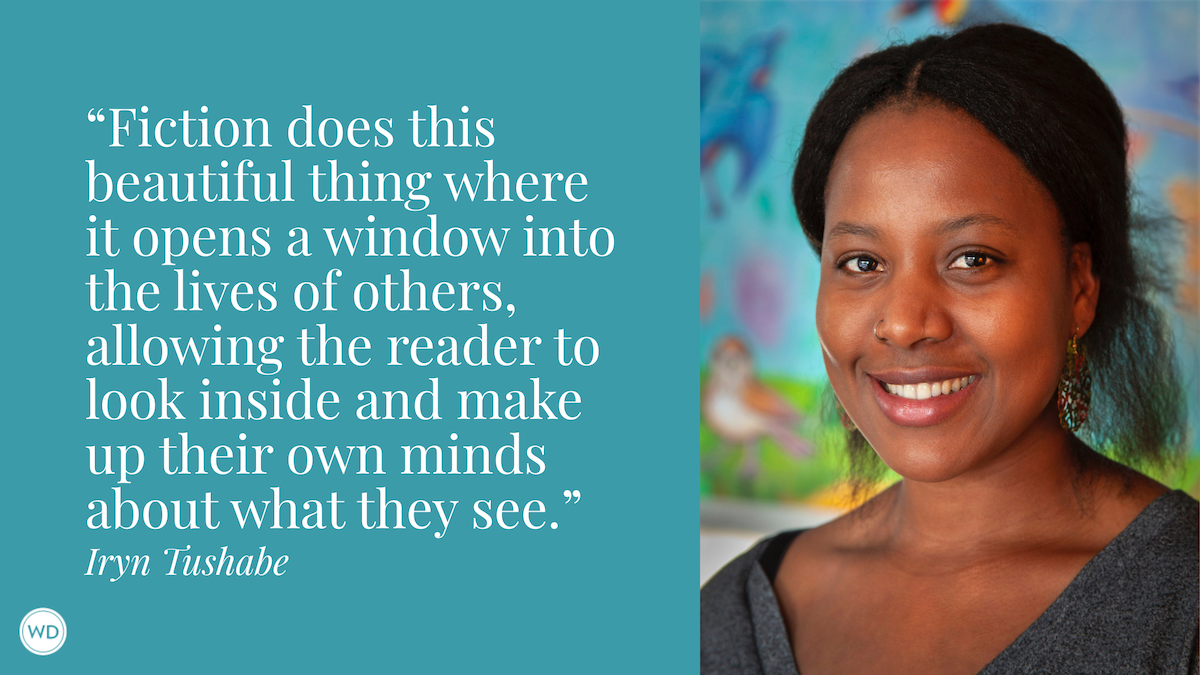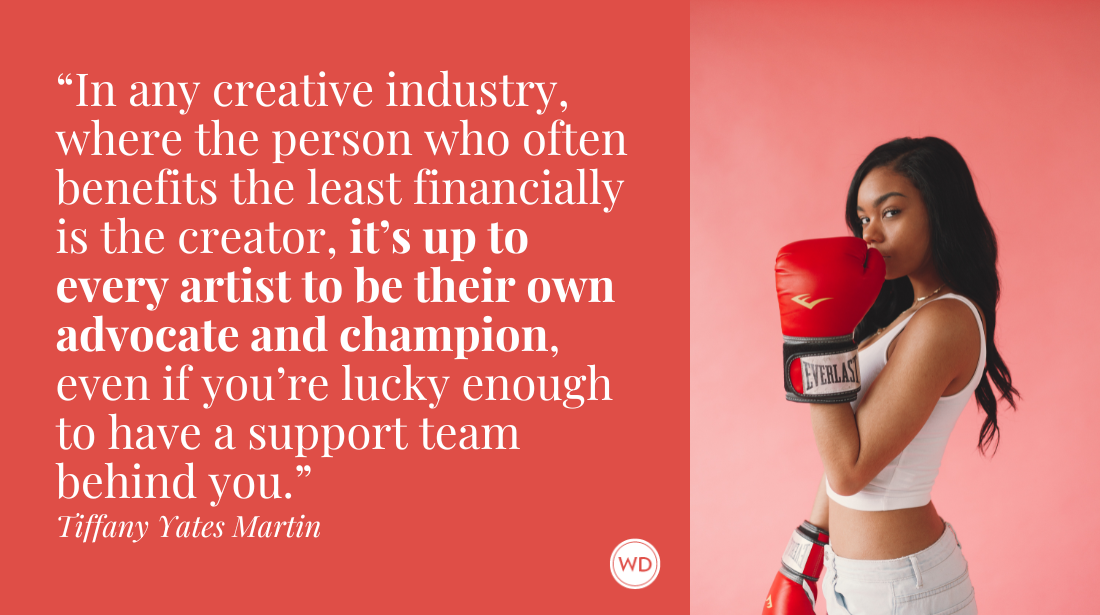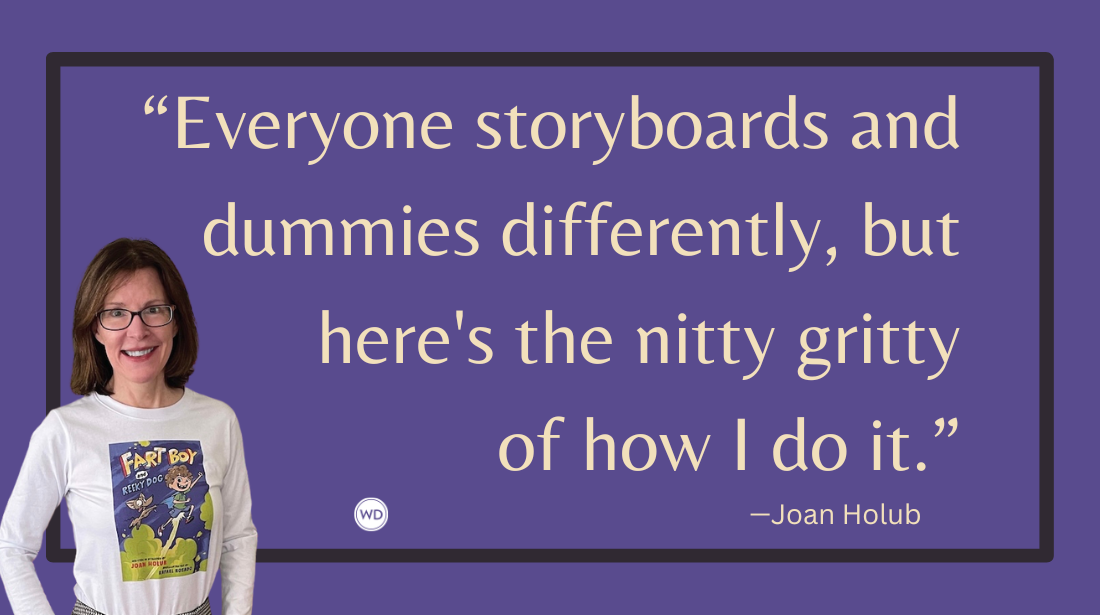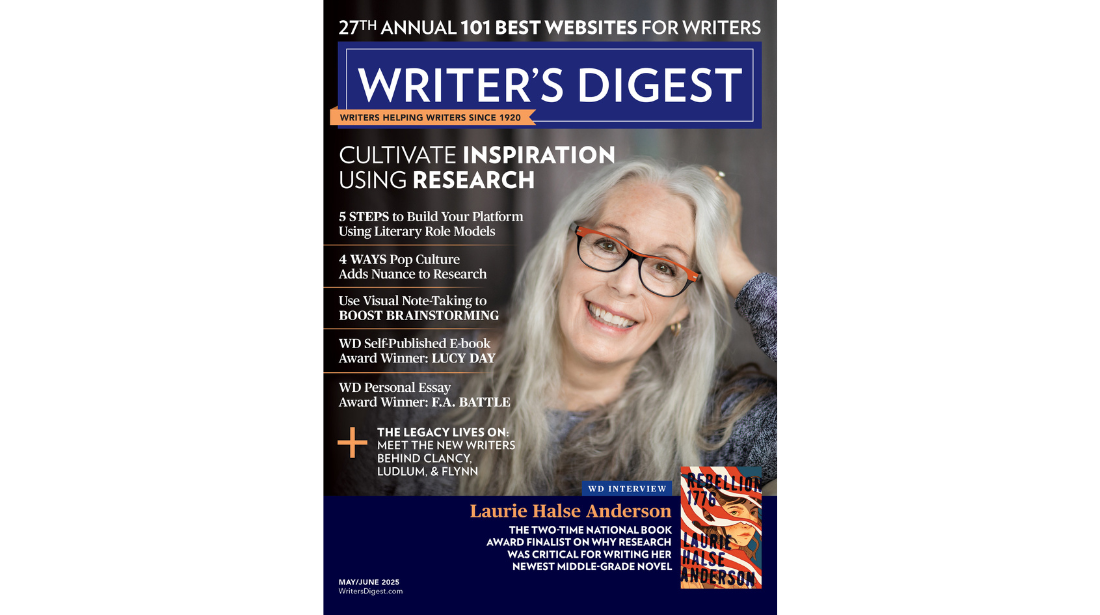How Writers Can Impress Booksellers: 6 Tips From a Veteran Indie Bookstore Owner and Author
Forming relationships with your local bookstores not only benefits your book’s sales, but it also introduces you to a special reading community. Author Nicole Magistro offer 6 tips to impress booksellers.
Authors and independent booksellers are natural allies, but it doesn’t often feel like it. Some bookstores lament authors who show up unannounced, peddling a book without an ISBN. Meanwhile it’s nothing new for a traditionally published local author to be slighted by a book buyer from the same town. As a veteran indie bookstore owner who now finds herself on the other side of the counter, I sympathize with everyone involved.
Long past feeling the frustration, I’ve spoken at panels and workshops designed to get authors and bookstores on the same page many times over the years. During these collaborative conversations it becomes apparent that we all want the same thing—to sell more books. Any indie will tell you that local books and authors dominate their annual bestseller lists because it’s those unique and highly curated titles that make their shop so special.
Really, there is magic and a massive upside to a functional relationship between writers and booksellers, so whether you’re published by a major New York house, a literary press, or a self-publishing service, know that it’s possible to earn the shelf space and increase your sales. Here are six steps to impress.
Get friendly
“While most estimates put the indie bookstore market share at around 6% of direct sales, it's also a safe estimate that more than 50% of all books sold anywhere are due in part because of an indie bookstore's promotional efforts,” according to Robert Martin, founder of The Independent Bookseller. These tastemakers are the first to endorse new releases and curate best-of lists. Make friends with booksellers everywhere you go, and keep in touch with them by visiting, as well as through your email newsletter, blog, or social media channels.
Link appropriately
Carefully consider how you direct sales in person and online. Bookstores consider the Evil A worse than he-who-cannot-be-named, so if you want to impress your indie bookselling friends, direct signed copy sales through a shop you can easily visit in person. Check out the partnerships between Austin Kleon and BookPeople or Emma Kress and Northshire Books for examples. In the meantime, become an author affiliate at Bookshop.org, which benefits you and independent bookshops without playing favorites for unsigned stock, backlist and other favorite reading recs.
Know your comps
Just like shoes or handbags or movie tickets, books are a product to be sold. Evaluate your book’s format and package long before making an appointment or sales call. Besides the basics of proper publishing—like an ISBN, text on the spine, and quality printing—booksellers look for a book that can compete in its section. Research sales trends for comparable books in your format, theme, and category. Use comparable author endorsements and your existing sales data to explain why your book will sell in their shop.
IndieBound | Bookshop | Amazon
[WD uses affiliate links.]
Make an appointment, for goodness sakes
Watching a bookseller hand-sell is an experience not to interrupt. Kind of like asking your dentist about your loose crown while standing in line at the grocery store—t’s just plain awkward. The best time to sell your book is when the bookseller is poised to buy something. Call or email your request for an appointment, and pitch with the same enthusiasm and clarity as to an agent or editor. If you can find an existing customer or another author to open the door with an introduction, follow that lead.
Offer a generous package
Publishing is a game of pennies, and bookstores must be endlessly creative to keep readers from wandering outside of the shop. If you’re doing any of your own distribution, level the playing field by offering competitive terms (46% discount, net 30), multiple distribution options (like Ingram, Bookazine, or other regional suppliers), marketing reimbursement (split the cost of an ad), community partnerships (events or book fairs) or creative collaborations (email newsletters, guest blog posts, social media giveaways). For traditionally published authors, make sure you know how the book is distributed in advance, and encourage buyers to take a chance if it’s returnable. Then return to sign stock or drop off bookmarks. Your generous spirit will go a long way with these retailers, too.
Close the deal
Help the book buyer understand why a partnership with you will increase sales. Take the order and follow up with confirmation, shipping details, and requested materials. Ask about what the bookstore needs from you in terms of correspondence, order entry, and accounting details. By proving you’re easy to work with and committed to ongoing book sales, you can earn a long-standing spot on their bestseller list.
Nicole Magistro is the author of Read Island, a debut picture book illustrated by Alice Feagan. She was the lead buyer and owner of The Bookworm of Edwards near Vail, Colorado for 15 years and now serves as an industry consultant.








